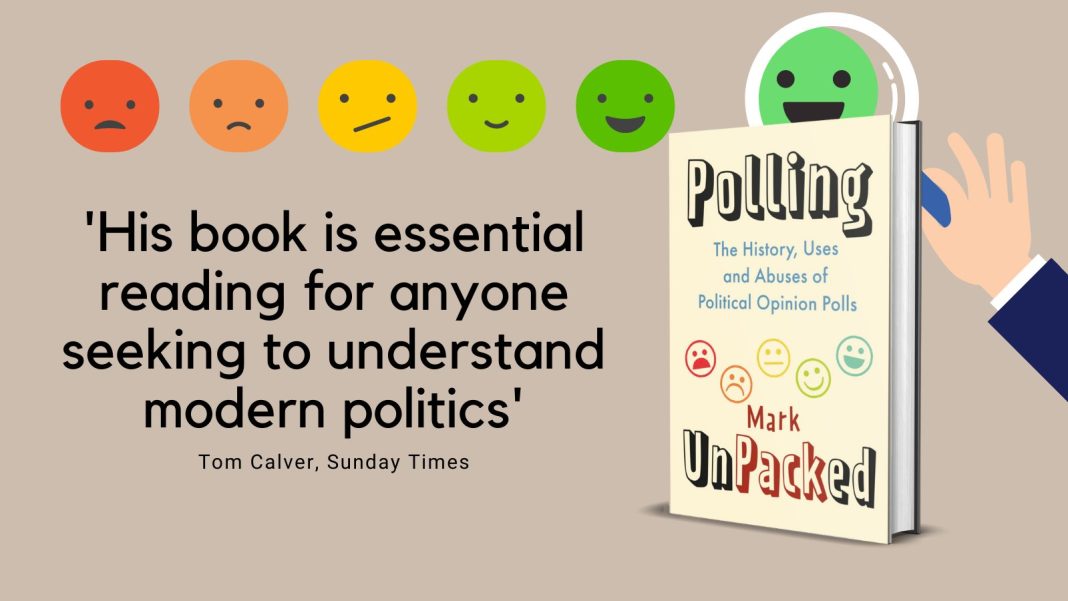 Title: Ferrari vs. Hermès: Unveiling the Secrets to Luxury Brand Success
Title: Ferrari vs. Hermès: Unveiling the Secrets to Luxury Brand Success
Introduction:
In the realm of luxury, Hermès has long been considered the epitome of excellence. However, recent data suggests that another company, Ferrari, has surpassed Hermès in terms of growth and brand value. This article explores the rise of Ferrari as a luxury brand and uncovers valuable insights that other companies can learn from its success. From maintaining exclusivity to leveraging emotion and implementing unique pricing strategies, Ferrari has set itself apart in the world of luxury.
1. Play Hard to Get: Scarcity as a Brand Promise
Ferrari and Hermès share a common approach – they deliberately sell less than what the market demands. This strategy creates an aura of exclusivity and scarcity that fuels their allure. Despite the ability to afford a Ferrari, securing an order is nearly impossible due to limited production. CEO Benedetto Vigna emphasizes that this scarcity is essential to Ferrari’s brand promise. By focusing on quality over quantity, Ferrari maintains its desirability and ensures that its cars often appreciate in value over time.
2. Making Emotion the Driver
What distinguishes a luxury product like Ferrari is its ability to evoke deep emotions in consumers. Vigna asserts that luxury companies should prioritize connecting with people’s emotional side, using technology, innovation, storytelling, and heritage as tools to achieve this goal. A true luxury brand goes beyond fulfilling basic transportation needs; instead, it delivers a unique experience that resonates on a profound level.
3. The Art of Pricing
Contrary to common assumptions, Ferrari’s pricing strategy is not solely driven by profit demands or margin growth. Instead, pricing decisions are based on emotions and fresh experiences. Just before a car’s launch, Vigna and his team take the vehicles for a drive to gauge their emotional impact. This process shapes the pricing structure, contributing to the rising prices of Ferrari models. Additionally, personalization options allow customers to create unique cars, further increasing their value.
4. The Road to VIP Status
Similar to brands like Rolex and Hermès, Ferrari has a tiered system that rewards loyal customers with access to new models and limited editions. Aspiring Ferrari owners must work their way up the ladder, starting with more accessible models and demonstrating support for the brand through various means. Approximately 75% of Ferraris are sold to existing customers, emphasizing the importance of loyalty in gaining access to the most desirable products.
5. Happy Employees Mean Happier Customers
Ferrari recognizes the significance of employee satisfaction in delivering exceptional customer experiences. CEO Vigna took steps to bridge the gap between employees and the luxury world they create by allowing them firsthand experiences with Ferrari vehicles. Additionally, the company introduced an employee stock ownership program, providing each employee with shares and making them feel like true stakeholders in the company’s success.
Conclusion:
Ferrari’s successful foray into the luxury market offers valuable lessons for other companies aiming to establish themselves as leaders in their respective industries. By embracing scarcity, evoking emotions, implementing unique pricing strategies, nurturing customer loyalty, and prioritizing employee satisfaction, luxury brands can create a compelling narrative that resonates with consumers on a deeper level. Ferrari’s rise as a luxury powerhouse serves as a testament to the power of exclusivity, emotion, and exceptional craftsmanship in capturing the hearts and wallets of the global wealthy.


